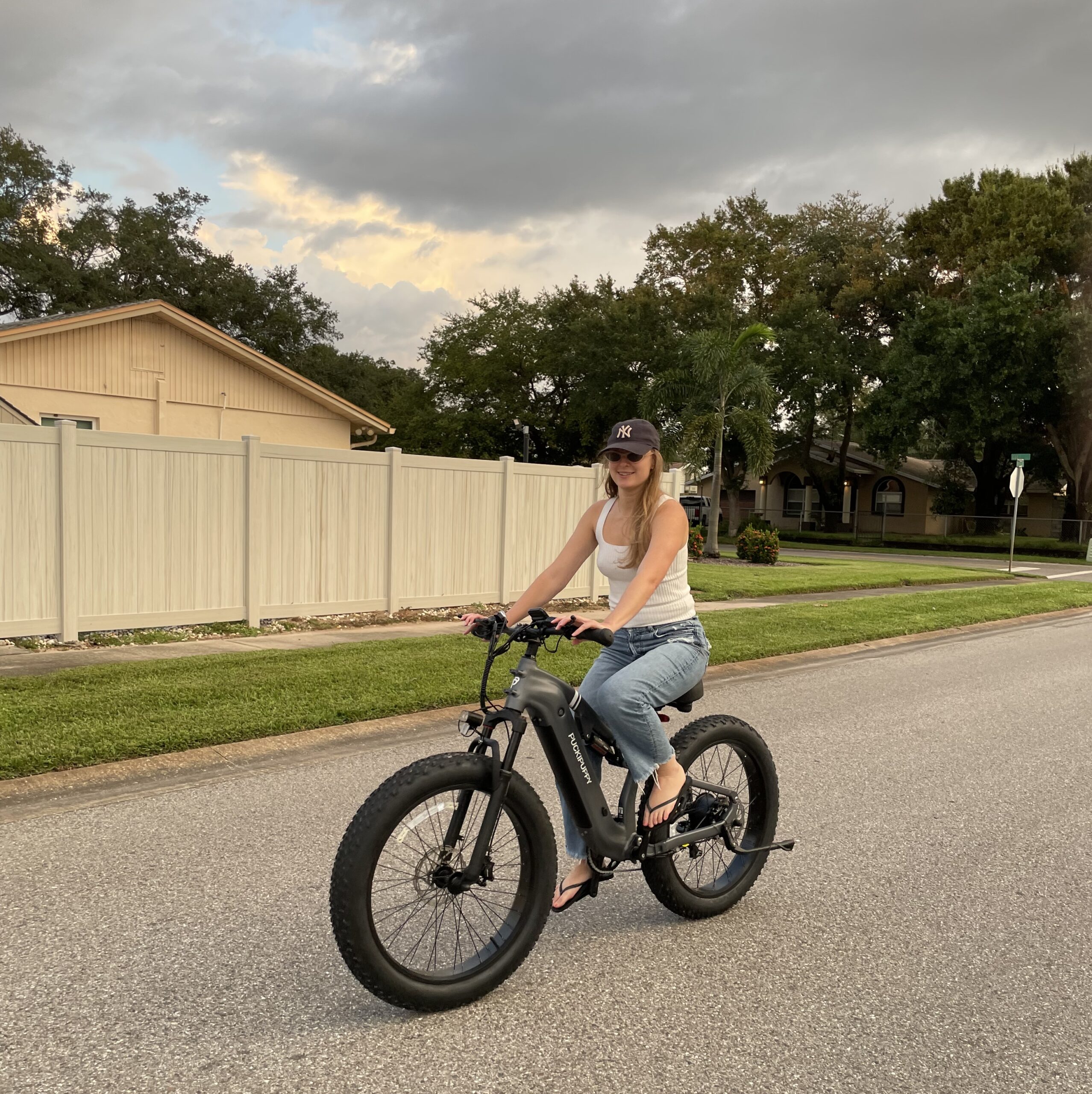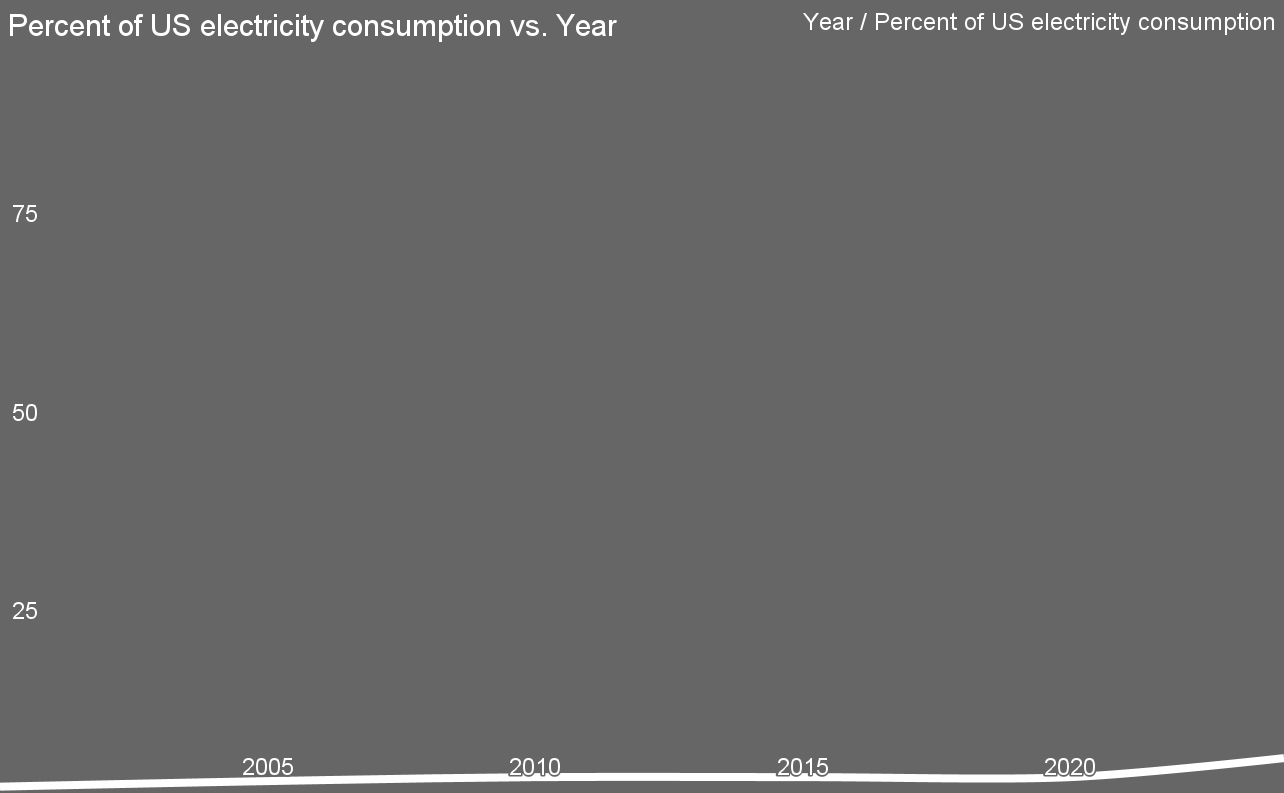Support CleanTechnica’s work through a Substack subscription or on Stripe.
Riffing on a unique story or two by Zachary Shahan yesterday, Reuters this morning has a report with this cheery headline: “Tesla gambles that introducing new models no longer matters.” CleanTechnica readers, being unusually astute, are well aware that Tesla has not introduced a new mass market model since the Model Y went on sale in March 2020.
Yes, the Cybertruck followed, but it has been a sales disaster. Back when Elon Musk was still welcome at Mar-A-Loco, there was talk of the federal government buying $400 million worth of armored Cybertrucks to protect American diplomats from a vague array of threats, but then Musk and the Grand Kleagle in the Offal Office had a rather public falling out, and there has been no mention of the Cybertruck deal recently.
In the past couple of years, the Model 3 and Model Y have been “refreshed” with new lighting schemes front and rear, but all that has done is make it impossible for new owners to put a bumper sticker on their cars that says, “I bought this before I knew Elon was crazy,” because the refreshed models appeared well after it was evident that Elon was not playing with a full deck.
No New Tesla Models For You!
There have been rumors of a new Tesla model with a starting price of around $25,000, but work on that model — if it ever existed — was scotched by Elon last year. Instead, he is now betting the entire future of the company on autonomous cars and humanoid robots. We’ll talk more about those two things later in this article.
Instead, the company has introduced a slightly elongated 6 passenger version of the Model Y in China and a decontented version of the Model 3 and Model Y in the US and Europe. The silly part is that those cars still have the panoramic glass roof but it is now covered by an opaque headliner, which adds cost rather than reducing it. That hardly seems like smart marketing to us, but who are we to question the Great And Powerful Musk, who is a legend in his own mind?
“Tesla’s apparent neglect of its core car business poses major risks for investors and will test whether the US electric vehicle pioneer can sustain growth without regular new-model launches,” Reuters claims, based on interviews with several industry analysts. “Instead, Tesla continues to treat its models much like iPhones that need only incremental improvements delivered in software updates to stay competitive.”
Defying Gravity
The critics argue that Tesla cannot indefinitely defy the automotive industry’s law of gravity, which, simply stated, says that sales fall as models age. Tom Libby, an analyst at S&P Global Mobility, told Reuters that Tesla’s customer loyalty rate plunged last year and improved only after Tesla doubled its average spending on product incentives. “The data show that Tesla is like any other brand. Over the long term, there’s going to have to be some major product actions or the brand will keep going down.”
Libby said the automaker’s unusually small lineup also keeps Tesla out of other large segments of the market such as three-row SUVs, which account for 13 percent of US new car sales. In addition, no matter how good the Model 3 might be, sedan sales are declining in the US. The bigger problem for the Model 3 and Model Y may be their advancing age, said Garrett Nelson, an analyst at CFRA Research. “You can’t have a portfolio that’s that stale,” he said. “They will be paying a price.”
Not everyone is worried about the lack of product development at Tesla. While traditional automakers spend heavily on regular hardware and styling overhauls, Tesla has succeeded in delivering a “high margin product with no frills” that serves customers who care more about over-the-air updates than the appearance, Adrian Balfour of Envorso, a technology consulting firm that works with the automotive industry, told Reuters. “I don’t think they have to do a ton of redesign type work” to vehicles like the Model Y.
Design Cycles Are Getting Shorter
Typically, US automakers redesign their models about every eight years — less for lower priced cars and more for luxury vehicles and trucks. But design cycles globally could get much shorter as automakers respond to intense competitive pressure from China’s electric vehicle industry.
Reuters calls it “China’s heavily subsidized electric vehicle industry,” but that is just jingoist cant. The US auto industry is also heavily subsidized, as evidenced by the government bailout of GM and Chrysler less that 20 years ago and the recent regulatory rollbacks designed to make selling enormous gas guzzlers easier.
BYD has slashed model development times to two years or less. That rapid rollout of new models has made it possible for Chinese automakers to “keep up with trends, keep up with what consumer products are doing,” said Dan Hearsch of AlixPartners. “It’s half the time, and it’s also half the fixed costs.” BYD brought 17 new SUV models to market between 2020 and 2025 — double the number that Ford introduced during the same period.
First Mover Advantage
There was a time when Tesla vehicles sold themselves, which allowed the company to spend next to nothing on marketing. Who can forget the images from around the world of thousands standing in line in the freezing rain to place their reservation for a Model 3? That one event ignited a flame under the rest of the industry, which awoke from its torpor to find that, “Yes, Virginia, people actually do want electric cars.”
But Tesla has squandered it first mover advantage. The person Musk spent $300 million of his own money to get elected has taken a sledgehammer to everything Tesla once stood for. Not only is the $7,500 federal incentive for electric cars now terminated, but emissions standards are being rolled back so that Americans can buy more gas guzzlers. Renewable energy is under attack, threatening to make the US a bigger polluter than ever. To the people who say Musk is smart, we say, “What are you smoking?” He is one of the dumbest clowns in the whole sad circus that has infected the US government today. Considering that Robert Kennedy, Jr. is a prominent part of the administration, that is saying something.
The elimination of the fuel economy standards will do away with one of Tesla’s primary income streams — the sale of pollution credits to other manufacturers. In addition, the tariffs imposed by the bozo Musk supported in the last election are making Tesla cars more expensive, less affordable. And you still think Musk is smart?
Competition is now forcing Tesla to do something it said it would never do — advertise. Recently, it has also found it necessary to subsidize lease deals and slash prices to attract new customers. The result of all these new pressures is that Tesla’s profit in the third quarter fell by 37 percent, despite record sales.
The Q3 Earnings Call
Musk, of course, who lives in his own little bubble, sloughed off all the bad news on the Q3 earnings call. Instead, he did what Musk does best — divert attention to some pie in the sky, new new thing that will make the company worth a bazillion dollars and justify his trillion-dollar payday.
He shared his dream of hundreds of thousands of humanoid robots that would make human labor unnecessary in the future. (Shades of Disney’s Wall-E!) “You can actually create a world where there is no poverty, where everyone has access to the finest medical care. Optimus will be an incredible surgeon, for example. And imagine if everyone had access to an incredible surgeon.”
So, don’t pay attention to the promise that Tesla production would increase 50 percent a year for years. Forget the claim that a Tesla would leave Los Angeles and drive itself to Manhattan in 2017. Nope, all that is gone. Now we have moved on to humanoid robots that can rewire our brains at will. Elon has clearly lost all interest in building automobiles.
Musk has a fondness for silly movies like This Is Spinal Tap (our amps go to 11), Blade Runner (cybercabs), and Spaceballs (Maximum Plaid). But we suggest his modus operandi might be better explained by W.C. Field’s 1941 film Never Give A Sucker An Even Break. If you think he is a nutjob today, just wait to see what he has in store for us when he has a trillion dollars in the bank!
Sign up for CleanTechnica’s Weekly Substack for Zach and Scott’s in-depth analyses and high level summaries, sign up for our daily newsletter, and follow us on Google News!
Have a tip for CleanTechnica? Want to advertise? Want to suggest a guest for our CleanTech Talk podcast? Contact us here.
Sign up for our daily newsletter for 15 new cleantech stories a day. Or sign up for our weekly one on top stories of the week if daily is too frequent.
CleanTechnica uses affiliate links. See our policy here.
CleanTechnica’s Comment Policy




